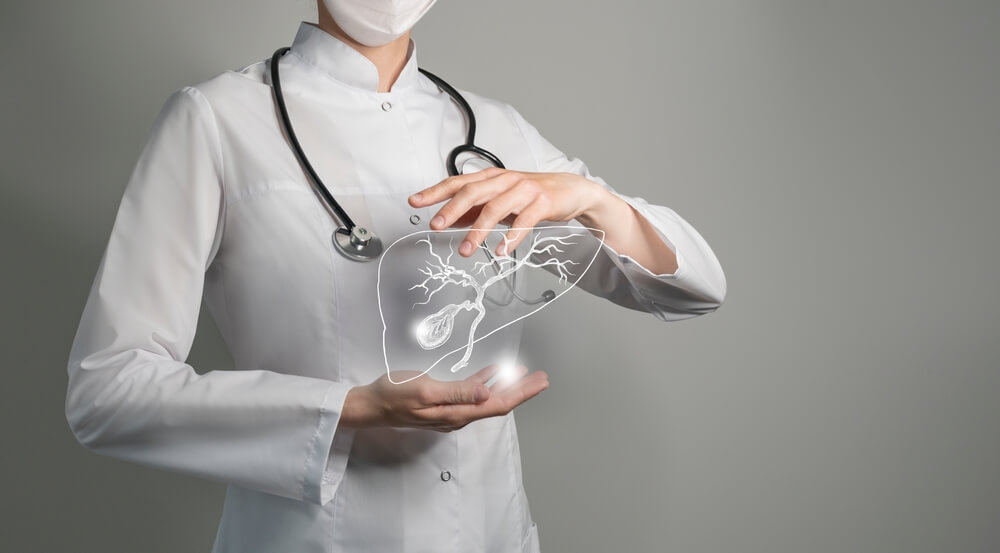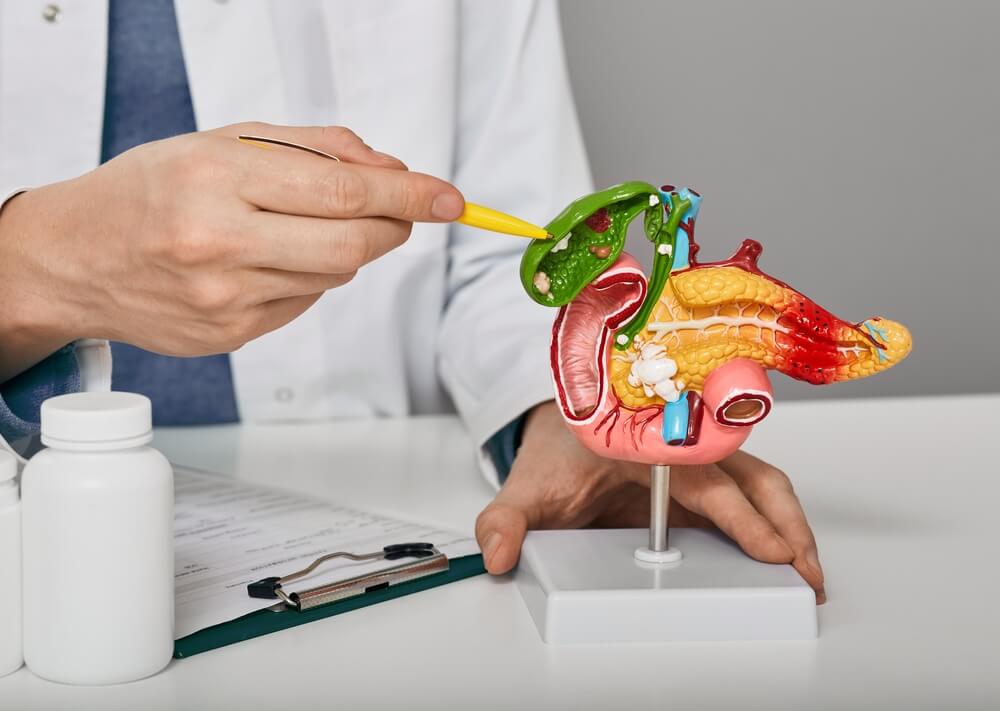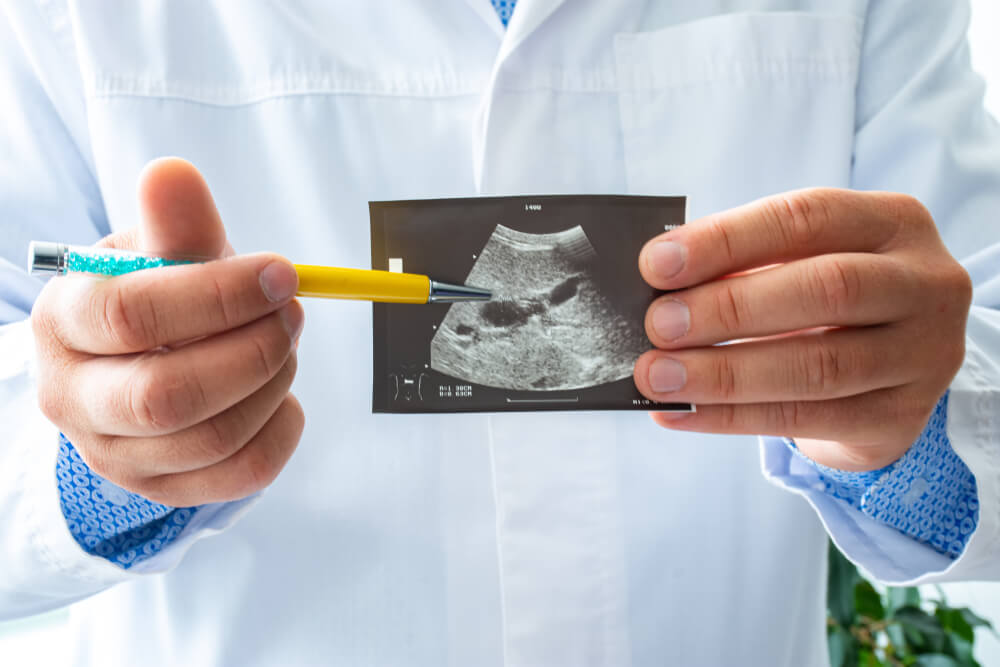Bile duct cysts, although relatively uncommon, pose unique challenges that require prompt attention and comprehensive understanding. In this in-depth exploration, Dr. Omar Rashid and his expert team will delve into the intricacies surrounding bile duct cysts, shedding light on their causes, symptoms, and available treatment options.
Understanding Bile Duct Cysts

A bile duct cyst is a structural anomaly that can occur in the biliary system, the network of tubes that transport bile from the liver to the small intestine. This condition is characterized by the formation of fluid-filled sacs within the bile ducts, disrupting the normal flow of bile.
Causes of Bile Duct Cysts
To comprehend the origins of bile duct cysts, one must consider the multifaceted factors that contribute to their development. While the precise cause remains elusive in many cases, some common factors have been identified.
Genetic predisposition plays a crucial role in the occurrence of bile duct cysts. Individuals with a family history of biliary disorders may have an increased susceptibility.
Embryonic anomalies during fetal development can also contribute to the formation of cysts on the bile duct. These developmental irregularities may not manifest symptoms until later in life.
Symptoms of Bile Duct Cysts
Recognition of symptoms is pivotal for an early diagnosis and effective management of bile duct cysts. The manifestation of symptoms can vary, and individuals may experience a combination of the following:
- Abdominal pain or discomfort: Persistent pain in the upper abdomen may indicate the presence of a cyst on the bile duct.
- Jaundice: Yellowing of the skin and eyes is a common symptom, signifying an obstruction in the bile duct that prevents the normal flow of bile.
- Fever and chills: Inflammation associated with bile duct cysts can lead to systemic symptoms, including fever and chills.
- Nausea and vomiting: Disruption in bile flow can result in digestive disturbances, leading to nausea and vomiting.
- Enlarged liver: The cyst’s impact on liver function may cause the liver to enlarge, potentially palpable during a physical examination.
Common Bile Duct Cysts: A Closer Look
In the realm of bile duct cysts, one distinct variant that merits close examination is the common bile duct cyst. This specific manifestation captures attention not only for its prevalence but also for the potential complications it introduces and the consequential impact on overall health.
The common bile duct cyst, as the name implies, involves the dilation or abnormal enlargement of the common bile duct—a crucial conduit in the biliary system responsible for transporting bile from the liver to the small intestine. This dilation can occur due to various factors, including genetic predispositions, embryonic anomalies during fetal development, or other yet-to-be-fully-understood influences.
What sets the common bile duct cyst apart is its tendency to give rise to complications that can significantly affect an individual’s health. The abnormal enlargement of the common bile duct can lead to the obstruction of bile flow, causing a cascade of issues within the digestive and hepatic systems.
One notable concern associated with common bile duct cysts is the increased likelihood of developing jaundice. Jaundice, characterized by the yellowing of the skin and eyes, results from the accumulation of bilirubin—a pigment found in bile that is normally excreted through the bile ducts. The obstruction caused by the cyst hampers this process, leading to the characteristic discoloration. Jaundice not only serves as a visible indicator of bile duct dysfunction but also signals potential complications that require prompt attention.
Furthermore, the impact of common bile duct cysts extends beyond cosmetic concerns. The obstruction in bile flow can give rise to abdominal pain or discomfort, as well as digestive disturbances such as nausea and vomiting. In severe cases, the cyst’s influence on liver function may result in the enlargement of the liver, a factor detectable through a thorough physical examination.
Recognizing the nuances of common bile duct cysts is imperative for healthcare professionals and individuals alike. Early detection and intervention are crucial in mitigating the potential complications associated with this specific type of bile duct cyst. Diagnostic tools such as ultrasound, CT scans, and magnetic resonance cholangiopancreatography (MRCP) play pivotal roles in identifying and characterizing common bile duct cysts, allowing for a targeted and timely approach to treatment.
Diagnosis and Treatment of Bile Duct Cysts

Accurate diagnosis is the cornerstone of effective management when it comes to bile duct cysts. Medical professionals employ a comprehensive approach, combining various diagnostic tools to ensure precision. Imaging studies play a pivotal role in this process, with ultrasound, CT scans, and magnetic resonance cholangiopancreatography (MRCP) standing out as key players. These technologies allow for a detailed examination of the biliary system, aiding in the identification and characterization of bile duct cysts.
In addition to imaging studies, blood tests are often conducted to assess liver function. Given the close relationship between bile ducts and liver function, these tests provide valuable insights into the impact of the cyst on hepatic health. Abnormal liver enzyme levels or other markers may indicate the severity of the condition and guide the formulation of an appropriate treatment plan.
Once a diagnosis is established, the treatment approach is tailored to the individual, taking into account the severity of symptoms and the specific characteristics of the cyst. Several treatment modalities are commonly employed, each serving a unique purpose in the journey toward wellness.
Surgical intervention stands as a primary option for addressing bile duct cysts. The removal of the cyst or drainage procedures may be recommended, aiming to restore the normal flow of bile. Surgical approaches vary based on the location, size, and complexity of the cyst. The expertise of a skilled surgeon is paramount in ensuring the success of the procedure and the overall well-being of the patient.
In certain cases, minimally invasive endoscopic procedures emerge as a viable option. Endoscopy allows for direct visualization of the bile ducts and enables therapeutic interventions without the need for extensive surgery. This approach is particularly advantageous for smaller cysts or those located in challenging anatomical positions. The less invasive nature of endoscopic procedures often translates to a quicker recovery and reduced postoperative discomfort.
Medications play a crucial role in achieving symptomatic relief for individuals grappling with bile duct cysts. Pain management and the alleviation of inflammation become priorities in the overall treatment plan. Medications may be prescribed to address these specific aspects, promoting a more comfortable and manageable experience for the patient.
Conclusion
In conclusion, understanding the intricacies of bile duct cysts is paramount for both medical professionals and individuals seeking insights into this condition. By unraveling the causes, recognizing symptoms, and exploring treatment options, we pave the way for informed decisions and improved outcomes.
Remember, if you suspect any symptoms related to bile duct cysts, seek prompt medical attention for a comprehensive evaluation and personalized care. A proactive approach is key to managing this condition effectively and ensuring the best possible quality of life.
That said, if you want to learn more about the subject, feel free to reach out to our experts today.


